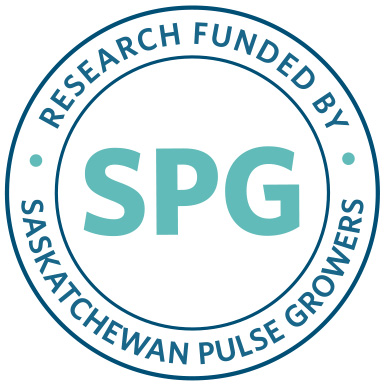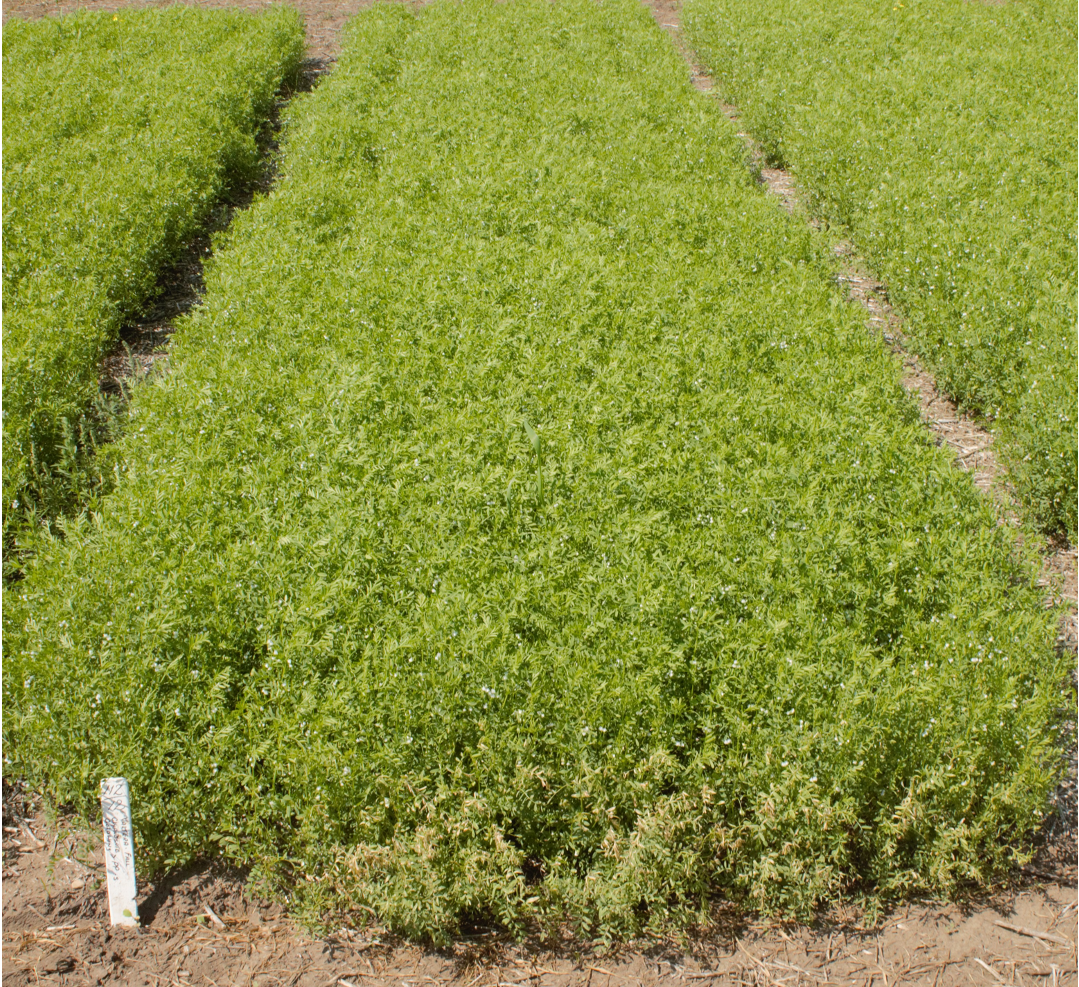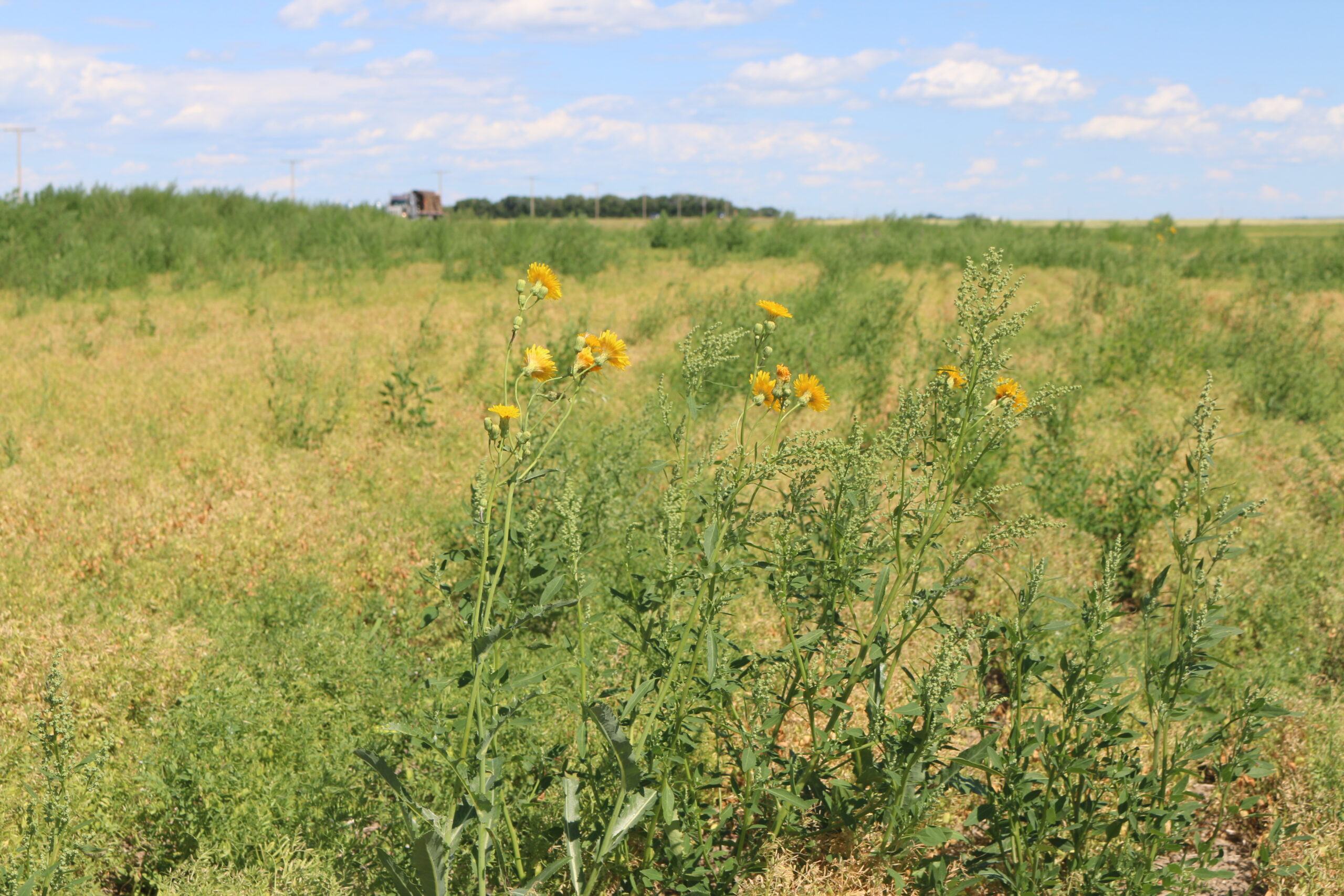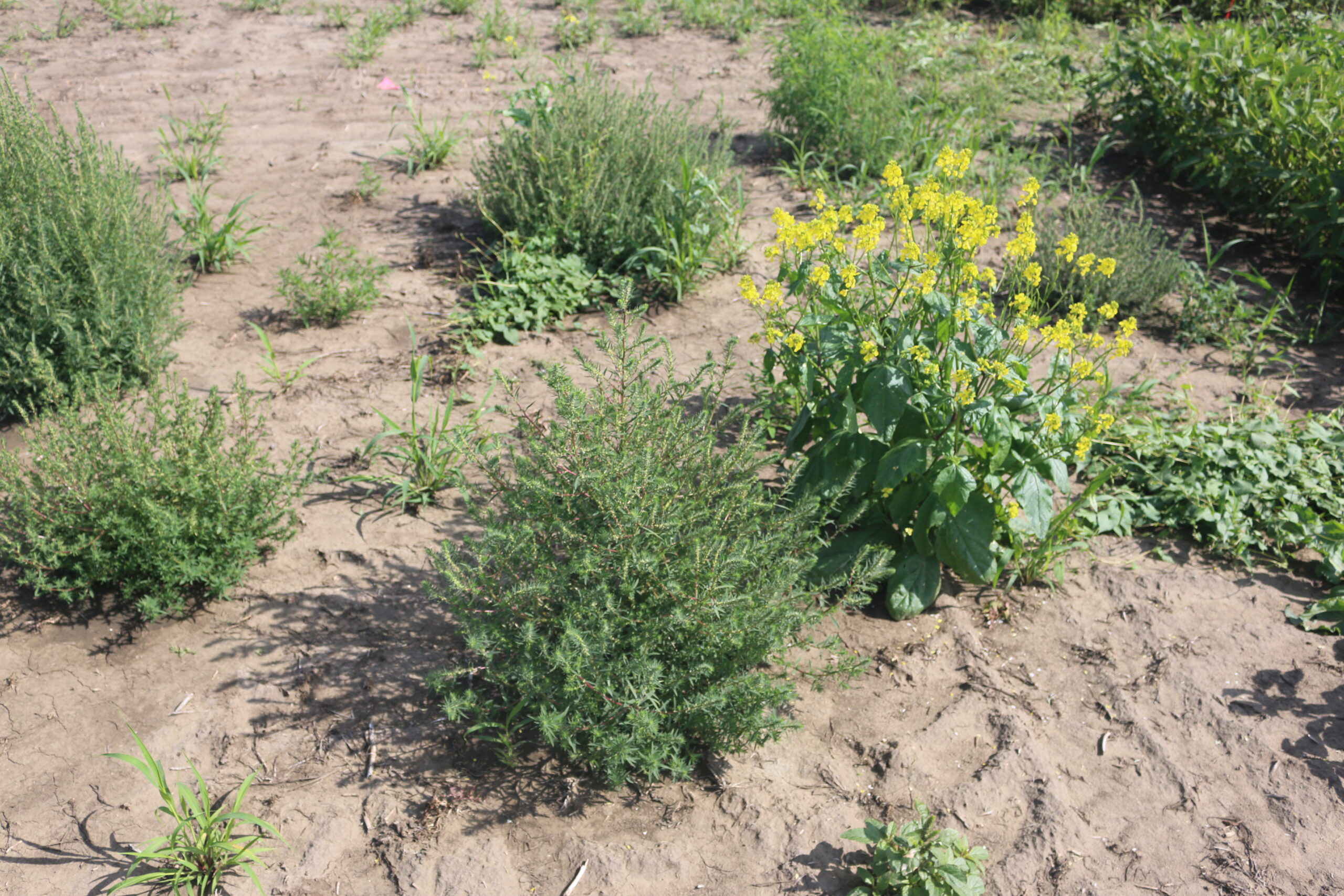Research collaborators: Jessica Enns, Chris Willenborg, Dilshan DeSilva Benaragama, Lana Shaw, and Bryan Nybo
Summary prepared by Alexis Adams, MSc, PA
Weed control is a key challenge for Saskatchewan lentil growers. Lentils are poor competitors, and herbicide resistant weeds render typical weed control methods such as spring glyphosate and in-crop herbicide ineffective. The recommended approach to overcome and prevent herbicide resistance is known as herbicide layering, which is the use of two or three different herbicide mode of action groups at different timings throughout the year. Herbicide layering typically involves a fall residual herbicide application as well as a spring burndown and in crop spray. To show growers several different herbicide layering options in comparison to typical methods, Saskatchewan Pulse Growers (SPG) funded a lentil herbicide demonstration project. The aim of this study was to exhibit the effectiveness of herbicide layering for weed control, yield, and weed resistance management, to give growers tools for practicing herbicide layering on their farm.
This lentil herbicide layering project took place at four sites across Saskatchewan, including Saskatoon, Scott, Swift Current, and Redvers, in the 2020 growing season. The study assessed crop damage, weed control, and yield of sixteen different treatments, all of which received an in-crop Solo® application (Table 1). The treatments studied included in crop Solo® only, spring glyphosate, spring glyphosate with Heat LQ® or Goldwing®, and several herbicide layering treatments that involved different combinations of fall applied Edge®, Valtera EZ®, Fierce®, and Express SG®, spring or fall applied Focus® and Heat LQ®, and spring applied Zidua SC®, Goldwing®, and glyphosate. All products were applied at label rates. The weeds of focus in the study were volunteer canola as well as wild mustard, which is often resistant to group 2, and kochia, which has developed resistance to groups 2 and 9, as well as group 4 in some areas.
Table 1. Herbicide Management Strategy Treatments
| Trt # | Treatment | Herbicide Groups |
|---|---|---|
| 1 | In-crop Solo® | 2 |
| 2 | Spring glyphosate | 2, 9 |
| 3 | Spring glyphosate + Heat LQ® | 9, 14 |
| 4 | Spring glyphosate + Goldwing® | 9, 4, 14 |
| 5 | Fall Edge®, Spring glyphosate | 3, 9 |
| 6 | Fall Edge® + Heat LQ®, Spring glyphosate | 3, 9, 14 |
| 7 | Fall Focus® + Express SG®, Spring glyphosate | 2, 9, 14, 15 |
| 8 | Fall Focus®, Spring glyphosate | 9, 14, 15 |
| 9 | Fall Focus®, Spring glyphosate + Heat LQ® | 9, 14, 15 |
| 10 | Spring glyphosate + Focus® | 9, 14, 15 |
| 11 | Fall Valtera EZ™, Spring glyphosate | 9, 14 |
| 12 | Fall Valtera EZ™, Spring glyphosate + Goldwing® | 2, 9, 14 |
| 13 | Fall Fierce®, Spring glyphosate | 9, 14, 15 |
| 14 | Fall Fierce®, Spring glyphosate + Goldwing® | 2, 9, 14, 15 |
| 15 | Spring Zidua SC® + Heat LQ® | 14, 15 |
| 16 | Fall Edge®, Spring Zidua SC® + Heat LQ® | 3, 14, 15 |
Key Findings
- Crop damage was at an acceptable level for each herbicide treatment combination, indicating all sixteen treatments in this study are safe for application on lentils.
- The effectiveness of herbicide treatments on kochia, wild mustard and volunteer canola varied by site, however some trends emerged (Table 2).
- Applying herbicides only in the spring was not effective for controlling wild mustard, kochia, or volunteer canola even when glyphosate was tank mixed with Heat® or Goldwing®.
- The in-crop Solo® only application provided the poorest weed control across all sites.
- The product combinations that did the best job on wild mustard across all four sites included fall applied Focus® with spring applied glyphosate + Heat® and fall applied Fierce® with spring applied glyphosate + Goldwing®.
- Kochia control was best using fall applied Valtera™ and spring glyphosate, fall applied Fierce® and spring glyphosate, or fall applied Fierce® with spring glyphosate + Goldwing®.
- Volunteer canola was best controlled by fall applied Valtera™ and spring glyphosate, fall applied Valtera™ and spring glyphosate + Goldwing®, and fall applied Fierce® with spring glyphosate + Goldwing®.
- Control of other weeds present at each site under each treatment was also assessed. Across the three sites, fall applied Focus® with spring applied glyphosate + Heat®, and fall applied Fierce® with spring applied glyphosate + Goldwing® provided the best weed control.
- The product combination that did the best job on all three weeds as well as the other weeds present at each site was Fierce® applied in the fall followed by Goldwing® + glyphosate in the spring.
- Yield was lowest in the in-crop Solo® treatment (38.6 bushels per acre (bu/ac)), followed by the spring glyphosate and spring glyphosate + Heat LQ® treatments (Fig 1.). There was no significant difference in yield between treatments 5 to 16, each of which contained at least one spring or fall applied residual herbicide. The highest yield was obtained from spring glyphosate + Focus® at 45 bu/ac, 16% higher than in-crop Solo.
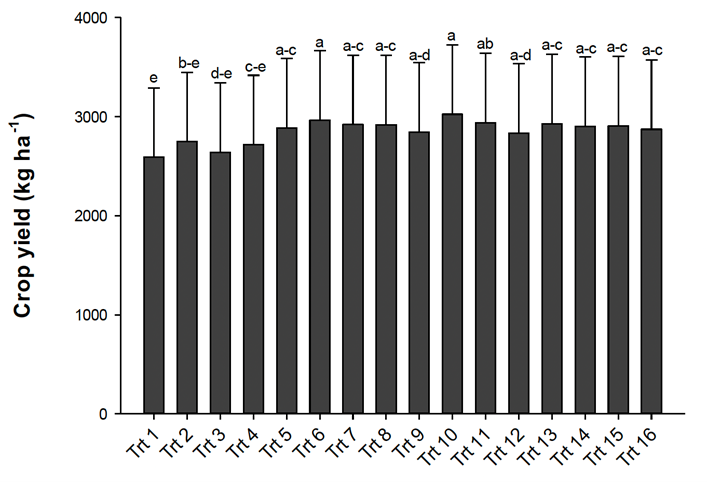
Table 2. Summary of best and worst herbicide treatments for control of target weeds
| Target Weed | Best Season-Long Control | Worst Season-Long Control |
|---|---|---|
| Wild Mustard | Fall Focus®, Spring glyphosate + Heat LQ® Fall Fierce®, Spring glyphosate + Goldwing® | In-crop Solo® Spring glyphosate Fall Edge®, Spring glyphosate |
| Kochia | Fall Valtera EZ™, Spring glyphosate Fall Fierce®, Spring glyphosate Fall Fierce®, Spring glyphosate + Goldwing® | In-crop Solo® Spring glyphosate Spring glyphosate + Heat LQ® Spring glyphosate + Goldwing® |
| Volunteer Canola | Fall Valtera EZ™, Spring glyphosate Fall Valtera EZ™, Spring glyphosate + Goldwing® Fall Fierce®, Spring glyphosate + Goldwing® | In-crop Solo® Spring glyphosate |
| Other Weeds (Varied by Site) | Fall Focus®, Spring glyphosate + Heat LQ® Fall Fierce®, Spring glyphosate + Goldwing® | In-crop Solo® Fall Edge®, Spring glyphosate |
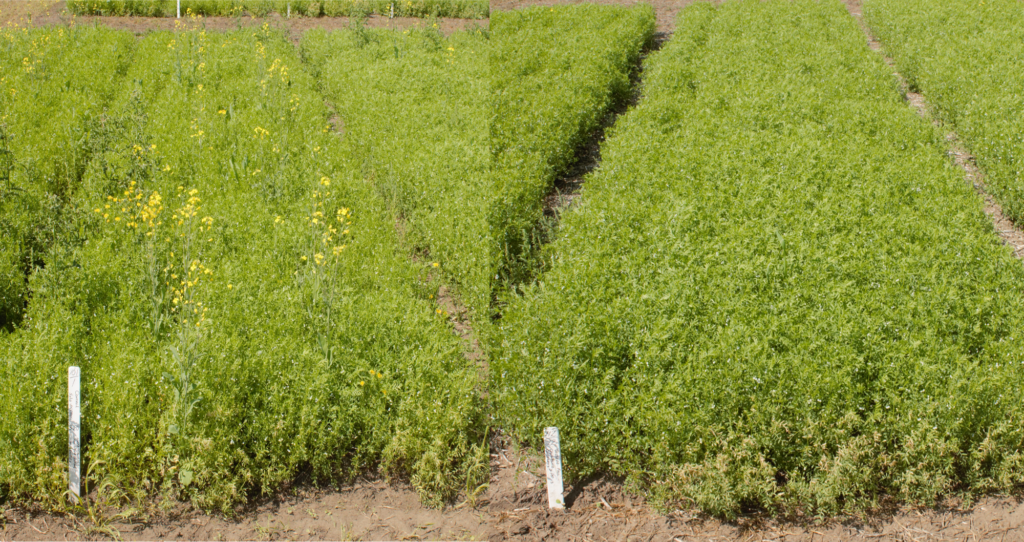
Recommendations
While the fall applied Fierce® with spring applied glyphosate + Goldwing® provided the best weed control results in this study, treatments 5 to 16 (Table 1) all provided adequate weed control and maintained yield. Each of these treatments involved herbicide layering of a soil residual product that was fall applied in most cases, as well as a spring burnoff. These results show that there are many good lentil herbicide layering options for farmers to rotate between on their farm.
The main recommendation from this study is to use herbicide layering on your farm, rather than relying on typical weed control approaches. Your layering strategy should include a spring or fall applied soil residual herbicide, spring burnoff, and in-crop herbicide to control weeds and prevent development of herbicide resistance on your farm.
Acknowledgments
This project was funded by SPG and the Agricultural Demonstration of Practices and Technologies (ADOPT) initiative under the Canada- Saskatchewan Canadian Agricultural Partnership (CAP) bi-lateral agreement between the federal government and the Saskatchewan Ministry of Agriculture. Acknowledgements also go to the staff at the Western Applied Research Corporation in Scott, the University of Saskatchewan research site in Saskatoon, The South East Research Farm in Redvers, and the Wheatland Conservation Area in Swift Current for their technical assistance with project development and implementation for the 2020 growing season.
